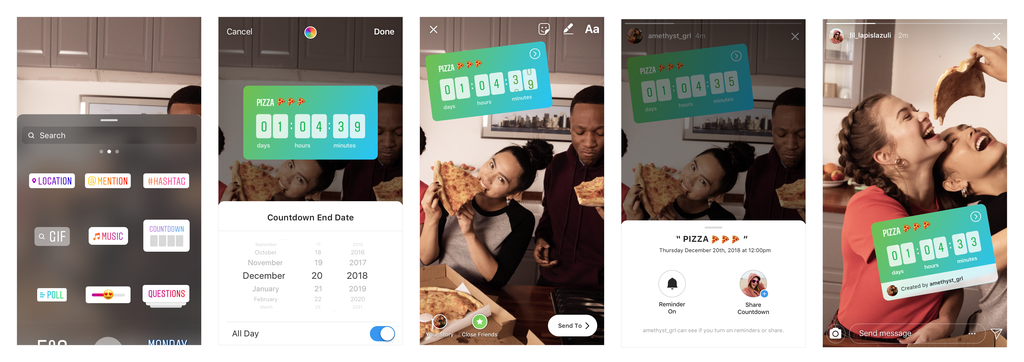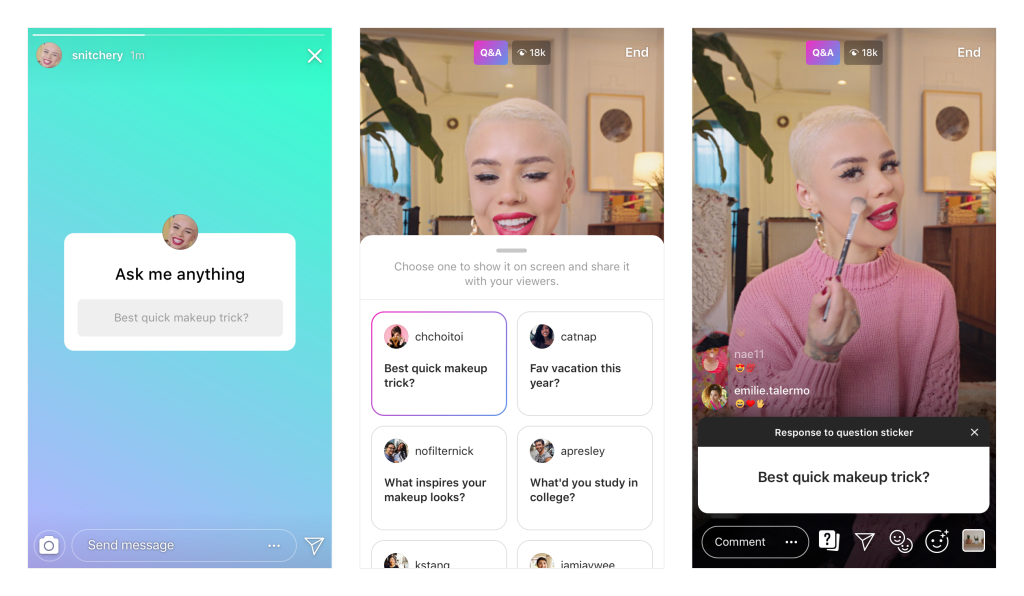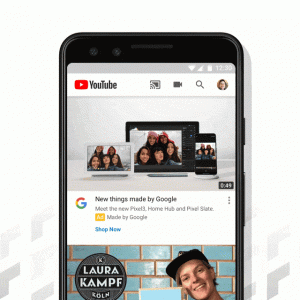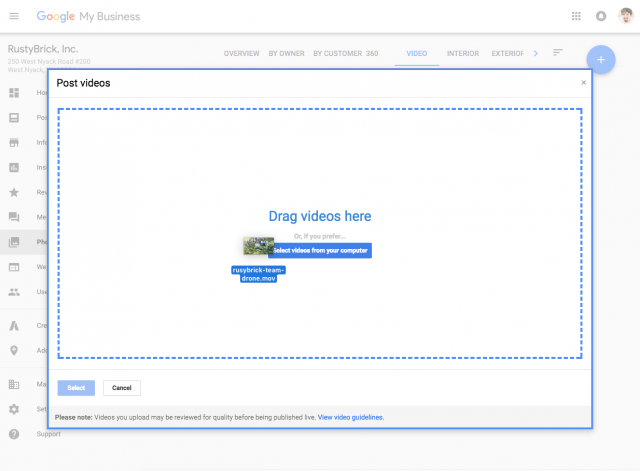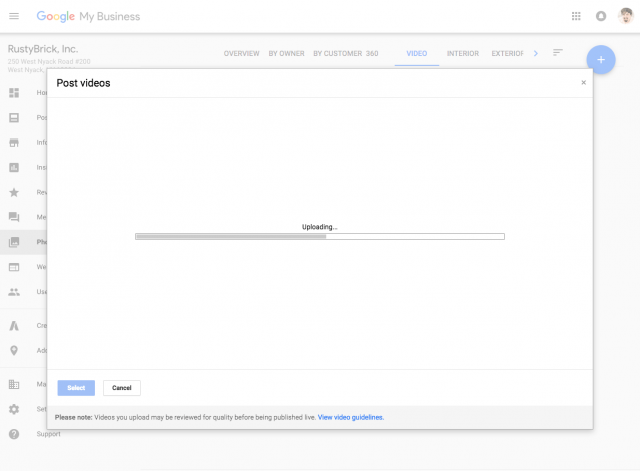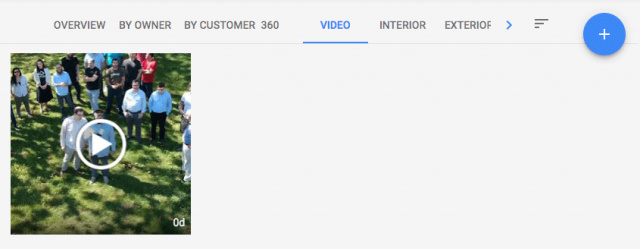Facebook is making big changes to how it ranks and shows videos in the news feed and “More Videos” section of its platform with three new ranking factors for videos.
While the changes shouldn’t impact the number of videos Facebook is showing overall, the company says it is hoping to better prioritize original videos and content that people are actively looking for.
New Ranking Factors For Facebook Videos
To better sort and rank videos, Facebook is implementing three new ranking factors for videos on its platform:
- Loyalty and Intent – Facebook will begin boosting the ranking signals of videos that people return to and view repeatedly.
- Video and viewing duration – Facebook will begin to prioritize videos that keep users engaged for longer periods of times. This will look at both how long a video is (with videos over 3 minutes long receiving the biggest boost) and how long viewers have watched the video on average.
- Originality – In an effort to cut down on the presence of repurposed or stolen content, Facebook will begin to strongly limit the reach and monetization for unoriginal videos.
In the announcement, the company stressed that while the changes may hurt those copying content or stealing videos, Pages creating original high-quality content should only see positive effects:
“While there are numerous factors that determine video distribution on Facebook, these changes will benefit video distribution for Pages that create original content people want to watch and come back to.”

